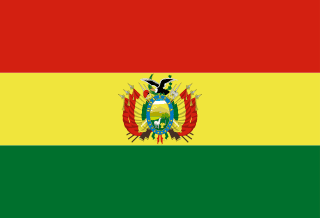Bolivia - Environment

As far as the environment of Bolivia is concerned, there have been . As for nvironment - international agreements, we have; .
About the environment of Bolivia
| Climate | We have varies with altitude; humid and tropical to cold and semiarid |
|---|---|
| Revenue from forest resources | |
| Revenue from coal | |
| Waste and recycling | Municipal solid waste generated annually: 2.219 million tons (2024 est.) |
| Total renewable water resources | 574 billion cubic meters (2022 est.) |
| Major rivers (by length in km) | |
| Total water withdrawal | |
| Municipal | 252.91 million cubic meters (2022 est.) |
| Industrial | 32 million cubic meters (2022 est.) |
| Agricultural | 1.92 billion cubic meters (2022 est.) |
| Land Use | |
| Agricultural land | 35.8% (2022 est.) |
| Agricultural land: arable land | arable land: 5.1% (2022 est.) |
| Agricultural land: permanent crops | permanent crops: 0.2% (2022 est.) |
| Agricultural land: permanent pasture | permanent pasture: 30.5% (2022 est.) |
| Forest | 46.5% (2022 est.) |
| Other | 17.6% (2022 est.) |
| Urbanization | |
| Urban population | 71.2% of total population (2023) |
| Rate of urbanization | 1.87% annual rate of change (2020-25 est.) |
| Major urban areas (Pop) | 1.936 million LA PAZ (capital), 1.820 million Santa Cruz, 1.400 million Cochabamba (2022); 278,000 Sucre (constitutional capital) (2018). |
All Important Facts about Bolivia
Want to know more about Bolivia? Check all different factbooks for Bolivia below.









